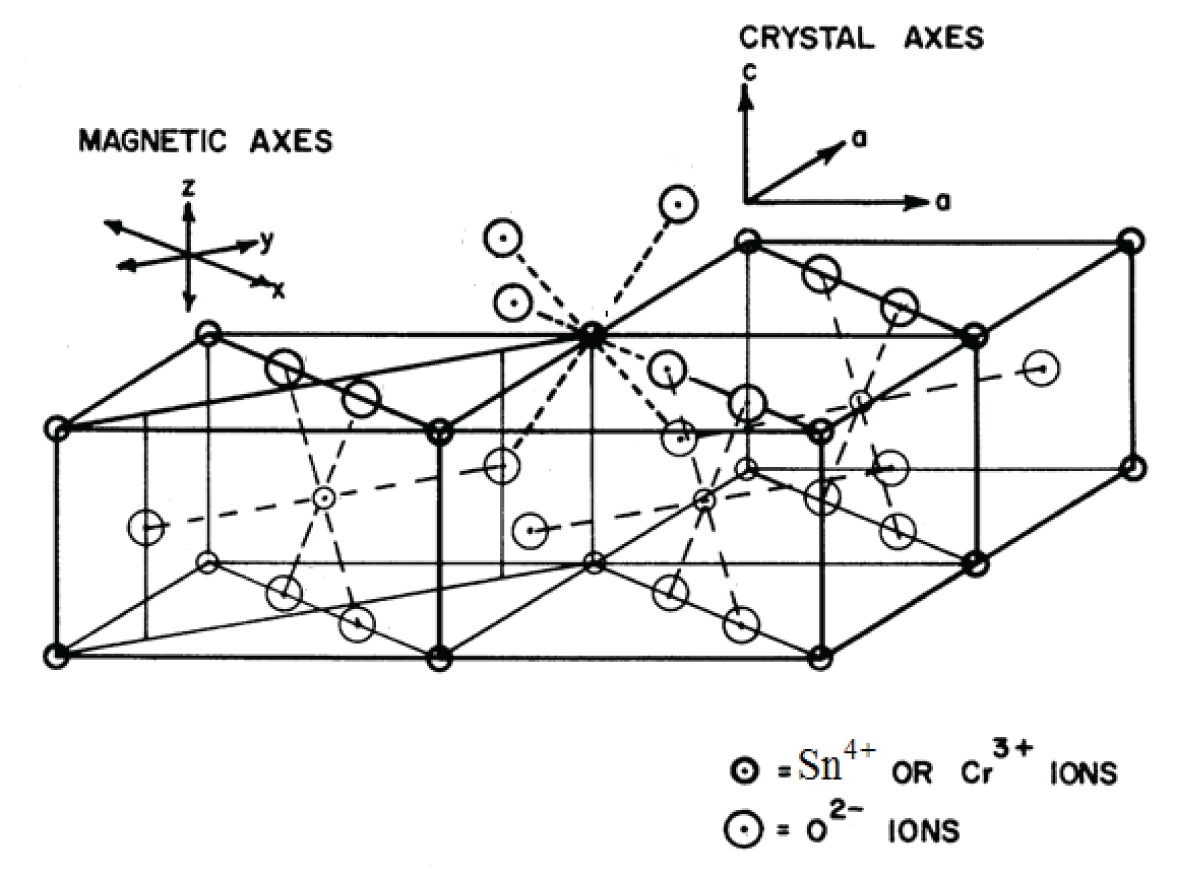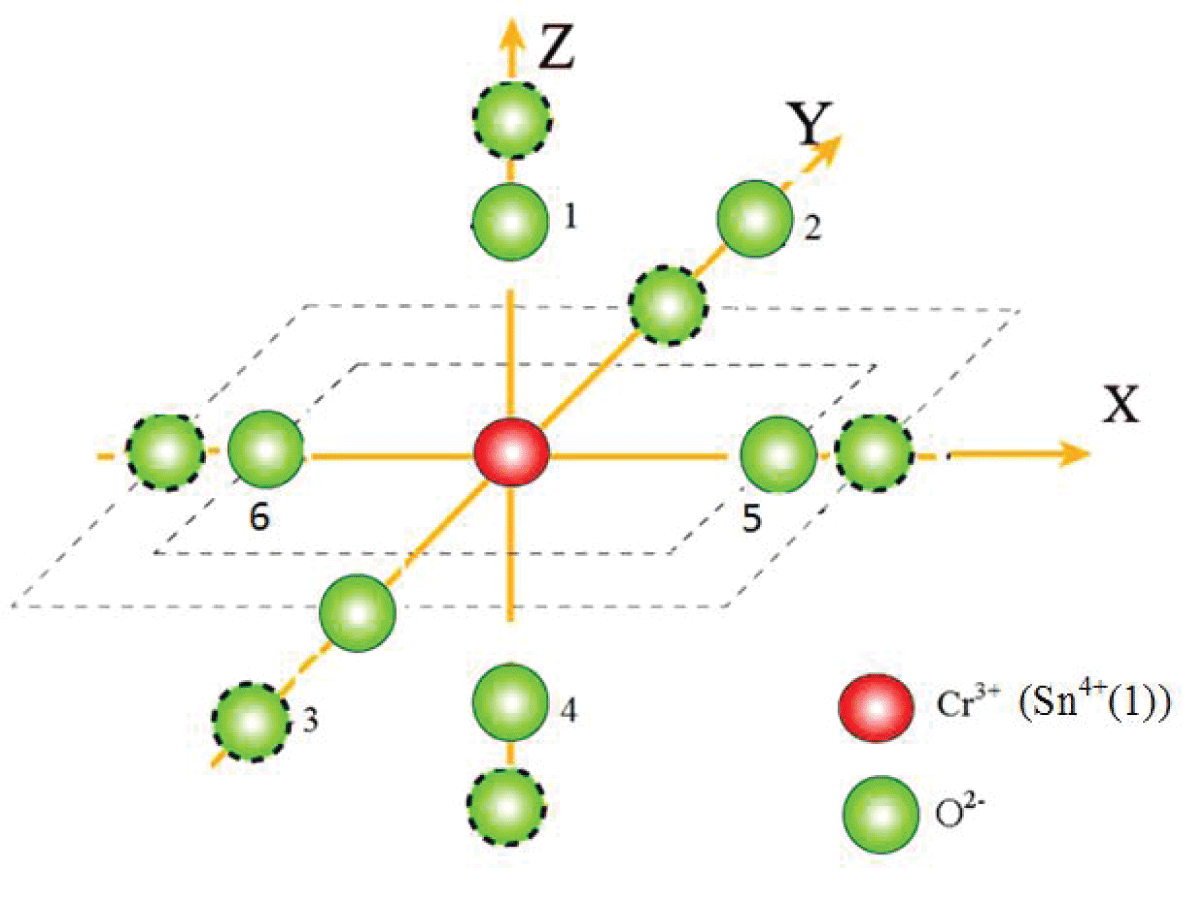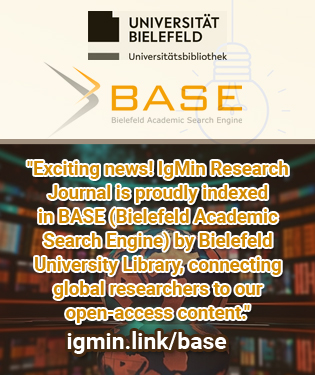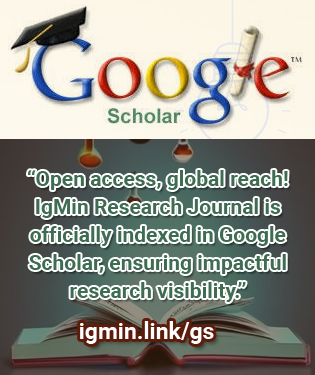要約
Using the superposition model, the crystal field and zero-field splitting parameters of Cr3+ doped cassiterite (tin oxide), SnO2 single crystals are computed. For calculations, the appropriate locations for Cr3+ ions in SnO2 with distortion are taken into account. The experimental values and the zero-field splitting parameters in theory with local distortion agree fairly well. Using the Crystal Field Analysis Program and crystal field parameters, the optical energy bands for Cr3+ in SnO2 are calculated. The findings indicate that in SnO2 single crystals, one of the Sn4+ ions is replaced by Cr3+ ions.








